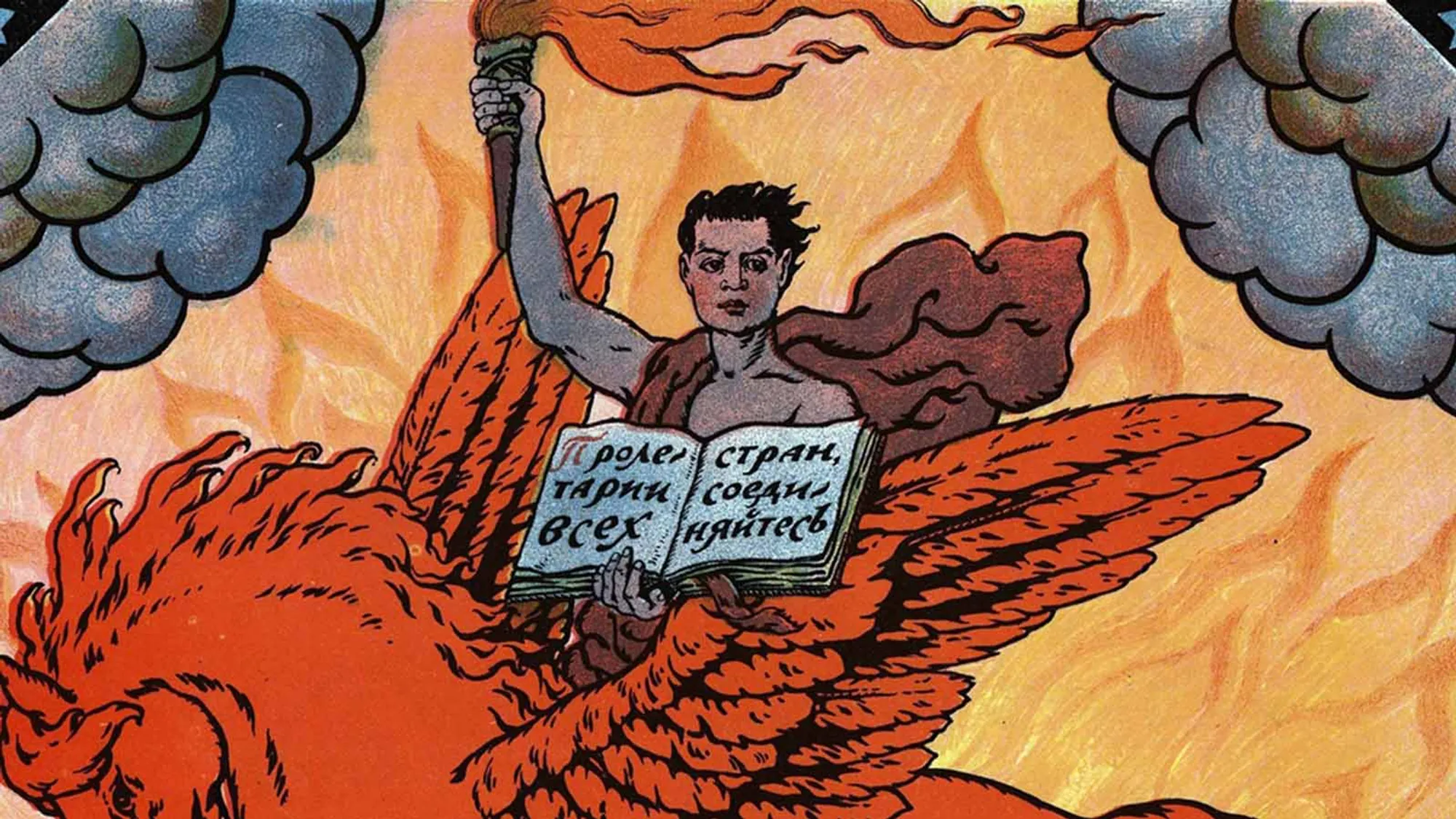Red Star Over the Third World

Vijay Prashad’s Red Star Over the Third World is an explosive little book that admirably conveys the profound impact of the October Revolution and its continued influence for communist movements in the Third World—with a focus here on Asia, the Middle East, and Latin America.
What Prashad lacks in focus and depth of analysis (this is a very short introduction, with the pros and cons of a bird’s-eye view and notable omissions in e.g. Africa), he makes up for in the strength of his associative vignettes of revolutionaries, artists, poets, peasants, workers, and religious figures who found their grounding in the events of 1917. (The book is worth it just for the bits of revolutionary poetry, pulled from a multitude of nationalities and languages, which appear throughout.)
Nothing could be the same in the world after 1917, for “what should never have been became real”—a society where the oppressed masses had overthrown the oppressing classes and where “a total change in the life of the people” was being made.
Life of the people as they themselves order it.
A law to uplift the life of the common man.
Now there are no bonds of slavery.
No slaves exist now.
—Subramania Bharati, from an ode to “New Russia”
Prashad’s narrative is a compelling alternative to both a unilaterally triumphalist or defamatory assessment of the Soviet legacy. Rather, we are given brief but well-defined glimpses of honest, hard-won expressions of polycentric communism beyond Russia, which took the Soviet experience as inspiration but which forged unique, experimental paths. True to Leninist form, these are movements born out of “concrete analyses of concrete conditions,” and they are worthy of study in their own right as part of the legacy of twentieth-century communism. As Prashad writes,
When Marxism came to the Third World, it had to be supple and precise—learn from its context, understand the way capitalism morphs in a new venue and explore the ways for social transformation to drive history.
Despite the influence of the Revolution, such suppleness often evaded the Soviet-led Comintern in its mixed guidance of these parties and nations—the Communist Party of Indonesia, the Mongolian People’s Revolutionary Party, the Communist Party of Persia, to name a few. But what was passed on, above all else, was a material and ideological commitment to solidarity against the ever-constant, external threats of imperialism and fascism.
This violent, reactionary context shaped the possibilities of socialist and nationalist liberation movements worldwide, and it meant that, for movements made up of peasants and people fighting for self-determination, the communist cause was a matter of life and death. For “violence worked most effectively the other way,” on behalf of rapacious capitalist regimes against revolutionary movements. Out of this context, it is remarkable that societies organized around the advancement of literacy, economic equality, gender equality, and general human flourishing had any degree of success (and many did have great success). It was only by uniting together under the international communist banner that they had any hope of doing so.
The book’s last chapter, “Memories of Communism,” stands out on a personal level but also raises larger ideas about leftist history and the power of collective memory to nourish and inspire future generations of revolutionaries. Prashad recounts his first experiences of leftist organizing in his hometown of Kolkata and his discovery of classic communist books—Capital, Ten Days That Shook the World, Trotsky’s History of the Russian Revolution. Such experiences form Prashad’s mature reflections on the legacy of the Revolution for leftist movements today. The lessons to be drawn are not that stale, dogmatic formulas ensure socialist success; nor that attempts to remake the world lead inevitably to disaster and ruin.
Echoing the words of Fidel Castro, Prashad writes that,
Socialism is a total change in the life of the people.… It is something that I believe is the most important lesson from the history of socialist experimentation thus far.… We have to develop new ideas to deepen the meaning of socialism, a living tradition not a dead past.
What is clear from this book is that pessimistic appraisals of the Left and its decline over the last 50 years are largely a Western phenomenon. For the places where the memory of the October Revolution survives, the hope borne by the red flag is as vibrant as ever. Red Star Over the Third World is a short, accessible introduction to the immense contributions of communism and the lasting revolutionary influence of events that dared to remake the world.